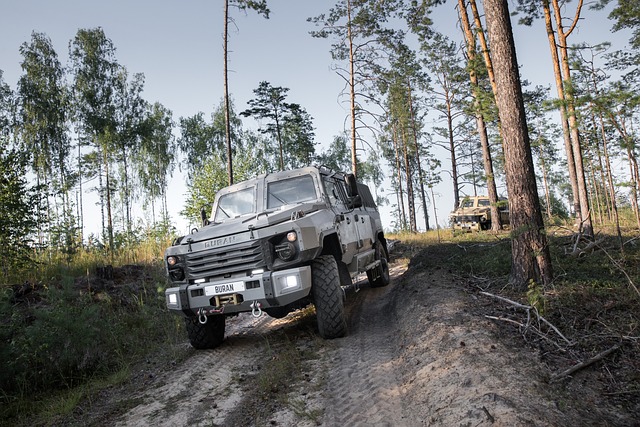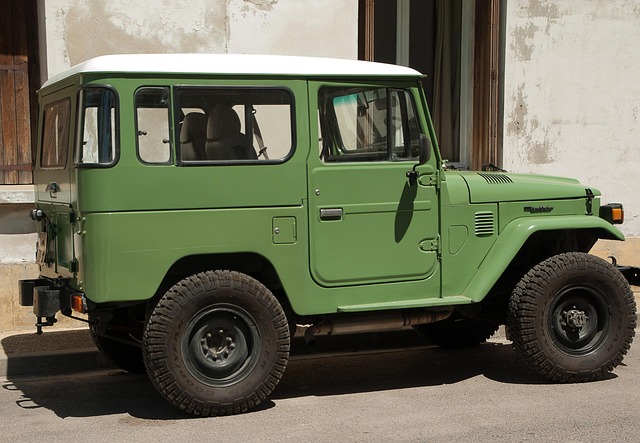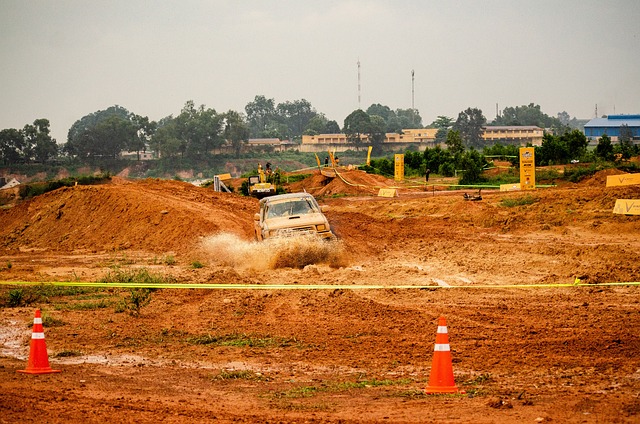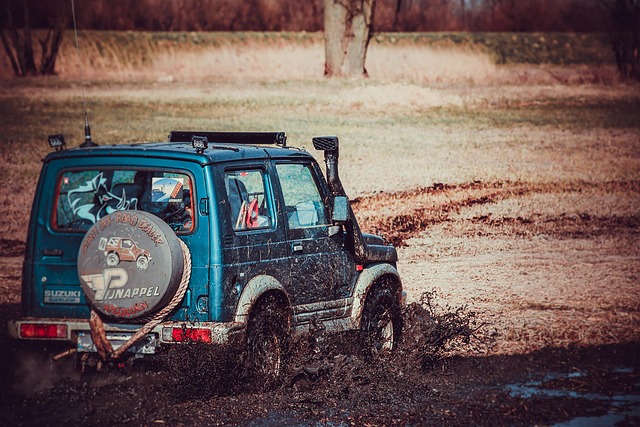Recovery lines in RGV Overland 4×4 parts are essential for off-road safety and stability. High-quality materials ensure durability, enabling drivers to navigate remote areas with confidence. Regular inspection, maintenance, and using suitable replacements from RGV-overland 4×4-parts extend the life of these critical components, crucial for effective recovery operations in challenging terrains.
In today’s rugged off-road landscape, reliable recovery lines are essential components of any RGV Overland 4×4 vehicle’s safety system. These robust lines play a pivotal role in securing and towing, ensuring drivers can navigate challenging terrain with confidence. Understanding the intricacies of recovery lines, their function within 4×4 parts, and proper maintenance is key to optimal performance. This comprehensive guide explores everything from identifying replacement lines to installation tips and common issue solutions for your RGV Overland 4×4’s critical safety feature.
- Understanding Recovery Lines in RGV Overland 4×4 Parts
- The Role of These Parts in Vehicle Safety Systems
- How to Identify and Choose Replacement Recovery Lines
- Common Issues with Recovery Lines and Their Solutions
- Installation Tips for Optimal Performance
- Maintenance and Longevity: Ensuring Your Recovery Line's Lifespan
Understanding Recovery Lines in RGV Overland 4×4 Parts

Recovery lines, a critical component in RGV Overland 4×4 parts, play a pivotal role in ensuring vehicle stability and safety during challenging terrain navigation. These robust lines, designed for rugged use, are essential for connecting and reinforcing key structural elements of off-road vehicles. In the context of RGV Overland 4×4 parts, understanding the function and importance of recovery lines is paramount for those who venture into extreme driving conditions.
They serve as a reinforcement network, providing extra strength to withstand intense pressure and stress, common when traversing difficult landscapes. The high-quality materials used in their construction guarantee durability, making them reliable allies for enthusiasts exploring remote areas. By integrating these specialized RGV Overland 4×4 parts, vehicle owners can enhance their off-road capabilities, ensuring a smoother and safer adventure.
The Role of These Parts in Vehicle Safety Systems

Recovery lines play a pivotal role in vehicle safety systems, particularly for off-road and overland vehicles. These robust lines are designed to withstand extreme conditions, ensuring reliable performance when it matters most. In the event of an accident or breakdown, RGV-overland 4×4-parts like recovery lines can be a lifeline, enabling safe extraction and towing.
Their strength and durability make them essential components for 4×4 vehicles navigating challenging terrain. By providing a secure connection between the tow vehicle and the stranded one, these lines help prevent further damage and enhance safety for both drivers and passengers. A well-equipped overland vehicle with high-quality recovery lines is better prepared to tackle unforeseen obstacles, showcasing the importance of these parts in modern off-road adventures.
How to Identify and Choose Replacement Recovery Lines

Identifying suitable replacement recovery lines for your vehicle involves careful consideration and an understanding of its specific needs, especially in off-road conditions. The first step is to assess the original lines’ condition and wear patterns. Look for any signs of damage, such as cracks, bursts, or excessive stretching, which indicate the need for a replacement. Check if the existing lines have deteriorated over time, particularly in areas exposed to extreme temperatures or frequent use.
When choosing new recovery lines, opt for high-quality RGV overland 4×4 parts designed for rugged conditions. These should be made from durable materials that can withstand intense strain and varying terrain. Look for features like reinforced construction, protective coatings, and a design tailored to your vehicle’s make and model. Ensure the replacement lines offer the necessary flexibility and strength for safe and efficient recovery operations, ultimately enhancing your 4×4’s performance in challenging off-road scenarios.
Common Issues with Recovery Lines and Their Solutions

Many recovery vehicles face common issues with their recovery lines, often leading to costly repairs and downtime. One prevalent problem is wear and tear caused by frequent use and exposure to harsh environments. RGV Overland 4×4-parts offers durable replacements, designed to withstand extreme conditions and extend the life of your equipment.
Another challenge is compatibility, as not all recovery lines fit every make and model. Our specialized parts ensure precise fitting, offering a seamless upgrade. With RGV’s comprehensive range, you can trust that we provide effective solutions for common recovery line problems, keeping your fleet ready for any off-road rescue mission.
Installation Tips for Optimal Performance

When installing recovery lines, especially with RGV Overland 4×4 parts, proper technique is key to ensuring optimal performance. Begin by thoroughly cleaning the mounting surfaces, removing any debris or contaminants that could hinder adhesion. Next, carefully align the recovery line tracks with the designated bolts on your vehicle’s frame. Secure each end using the provided hardware, tightening them firmly but not excessively to prevent damage. Ensure all connections are snug and aligned for smooth operation.
Regular inspection is crucial after installation. Check for any signs of wear or tear, and replace any components if necessary. Proper maintenance, including regular cleaning and lubrication, will extend the lifespan of your recovery lines, ensuring they’re ready when you need them most during off-road adventures with your RGV Overland 4×4 parts.
Maintenance and Longevity: Ensuring Your Recovery Line's Lifespan

Proper maintenance is key to extending the lifespan of your recovery line, a vital component in any off-road enthusiast’s arsenal. Regular inspection and care can prevent premature wear and tear, ensuring your RGV Overland 4×4-parts remain in top condition for years to come. Start by checking the line for any signs of damage or fraying after each use; even minor issues should be addressed promptly.
Implement a thorough cleaning routine to remove dirt and debris that can accelerate degradation. Use specialized solutions designed for recovery equipment, followed by a gentle rinse. Additionally, keeping your recovery system well-lubricated can reduce friction on the line, minimizing the risk of damage. Remember, a well-maintained recovery line is a reliable partner in navigating tough terrain, offering peace of mind and ensuring your 4×4 adventures are smooth and secure.
Recovery lines, essential components in RGV Overland 4×4 parts, play a pivotal role in vehicle safety systems. By understanding their function and proper maintenance, you can ensure optimal performance and longevity. When choosing replacements, consider quality and compatibility with your vehicle. Addressing common issues promptly and following installation tips will help maximize the lifespan of these critical lines. Remember, well-maintained recovery lines are invaluable for off-road adventures and unexpected situations alike.
